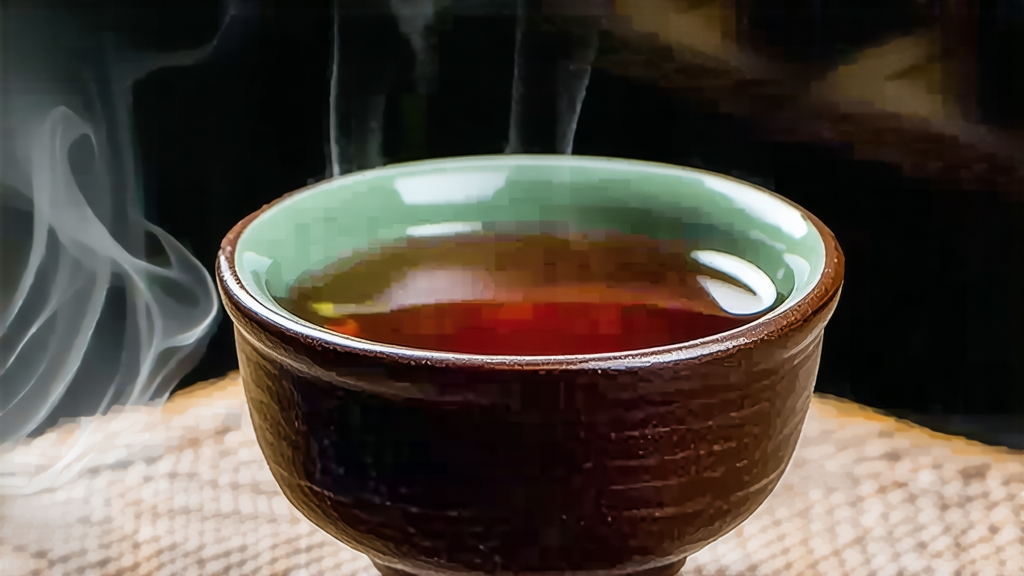
High in the crimson sandstone gorges of northern Fujian’s Wuyi Mountains, a tea known locally as “water sprite” has been seducing palates since the Song dynasty. Shui Xian—often spelled Shuixian or Water Immortal—belongs to the Minbei (northern Fujian) branch of oolong and is prized for a perfume that marries orchid with volcanic stone. To understand why connoisseurs will pay imperial-ransom prices for a few ounces of “Zheng Yan” (true cliff) Shui Xian, one must follow the leaf from myth to market, from kiln to cup, from dynastic tribute to third-wave specialty cafés in Brooklyn.
Legend traces the cultivar to a cave near the Jiuqu (Nine-Bend) River where a drought-plagued village once offered sacrifices to the Taoist water goddess. A hermit monk, moved by their devotion, transplanted wild tea seedlings onto the cliff face so that morning mist would perpetually bathe them; the plants survived, the rains returned, and the grateful villagers named the tea Shui Xian. While folklore cannot be carbon-dated, tax records from 1392 list “Shui Xian tribute cakes” shipped to the Ming court, confirming at least six centuries of documented cultivation.
Botanically, Shui Xian is a large-leaf, medium-late budding variety (Camellia sinensis var. sinensis cv. Shui Xian) distinct from the more famous Da Hong Pao lineages. Its leaves are broader, matte, and olive-green, with a serrated edge that curls like a boat when withered. Growers prize three micro-terroirs: Zheng Yan (core 60 km² UNESCO heritage zone), Ban Yan (semi-cliff buffer), and Zhou Cha (river-flat gardens). Zheng Yan gardens sit on weathered Danxia rock; their shallow, mineral soil forces roots to probe fissures, absorbing quartz, potassium, and rare earths that translate into the celebrated “rock rhyme” (yanyun)—a tactile, almost electric sensation on the tongue that Chinese tasters liken to licking wet slate.
Harvest begins in late April when three half-mature leaves and a bud form the classic “zhong kai mian” pluck. Leaves are cradled in shallow bamboo trays and sun-withered for 20–40 minutes, depending on cloud cover, until they lose the grassy “green smell.” Indoor withering on water-heated racks follows; every 30 minutes the tea master shakes the trays, bruising edges to initiate oxidation. This “yaoqing” (shaking green) phase lasts 6–8 cycles and is the choreographic heart of Shui Xian craft: too gentle and the fragrance stays locked; too violent and the liquor turns acrid. When leaf margins redden to 30 % oxidation—less than the 50–60 % of Anxi Tie Guan Yin—the leaf is ready for fixation.
A 260 °C wok, fired with local pine, halts oxidation within four minutes. The master’s bare hand flips leaves against the searing metal, relying on calloused memory; gloves would insulate the subtle temperature drop that signals readiness. Rolling comes next, first in a 55 cm bamboo drum, then by hand, twisting leaves into the tight “dragonfly head” shape that survives months of charcoal baking.
Baking distinguishes Shui Xian from all other oolongs. Using a secretive pit-kiln called the “beijing,” craftsmen layer tea in hemp-lined baskets separated by thin horsehair cloth. Charcoal from local hardwoods—mostly peach and oak—smolders at 80 °C for two hours, then cools overnight; the cycle repeats up to five times over 60 days. Each bake reduces moisture by 2–3 % and deepens the honey-biscuit note while preserving floral top notes. Over-baking produces a flat, carbon bitterness; under-baking invites sour mold. Only when the leaf snaps cleanly and exudes a scent of orchid plus toasted chestnut is the tea considered “zuohuo,” or properly fire-married.
Aging is optional but increasingly fashionable. Connoisseurs store vacuum-packed Shui Xian in unglazed clay jars for 5–15 years, allowing residual enzymes to mellow tannic edges. A 2003 Zheng Yan vintage can fetch USD 3 000 per